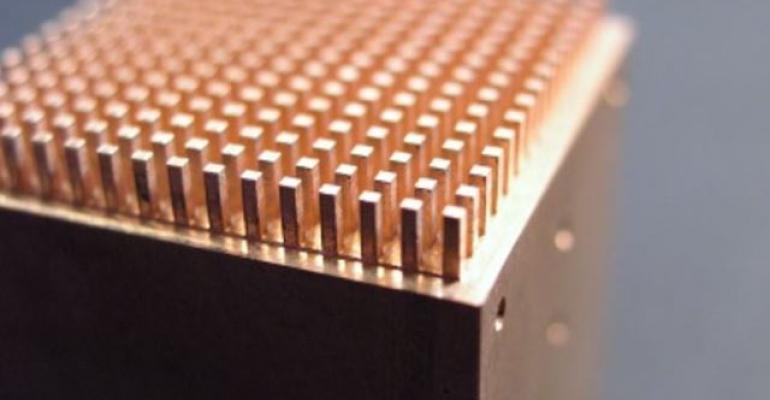Researchers from Purdue University and the Toyota Research Institute of North America combine to make hybrid- and battery-electric vehicles cool.
But it is not image-enhancement for alternative propulsion; instead, the West Lafayette, IN, college and Toyota’s Ann Arbor, MI, tech center have developed a high-performance, 2-phase cold-plate design for automotive power-electronics cooling.
In cold-plate systems, a coolant flows through a metal plate attached to the device that needs to be cooled. Allowing the coolant liquid to boil on the surface of the plate provides greater cooling and helps maintain a uniform temperature across the surface of the power semiconductor device.
The technology has evolved from work originating in the Purdue National Science Foundation Cooling Technologies Research Center formed in 1999. Indiana’s 21st Century Research and Technology Fund provided $3.8 million to the center to help commercialize an advanced cooling system for hybrid-electric- and battery-electric vehicles.
The center involves a consortium of corporations, government laboratories and the university working to overcome heat-generation problems in electronic systems by developing new compact cooling technologies. The technology under development uses jet impingement to enhance cooling by flowing the coolant in a perpendicular direction, producing jets that wash across a hot surface and improve heat transfer.
The cooling system measures about 2 ins.-by-2 ins. (5 cm-by-5 cm). It has been found to cool power devices operating at a rate equivalent of the heat generated by 10 100-watt light bulbs crammed into the space of 0.2 sq.-in. (1-sq.-cm).
“This is a big number,” says Suresh Garimella, founder and executive vice president-Research and Partnerships at Purdue.
“A smartphone might dissipate 5 watts, a laptop 30 watts, and most work stations not more than 100 watts,” Garimella says in a statement.
To improve performance, the researchers modified the cold plate’s surface by incorporating porous copper coatings and tiny pin-like fins. Key to the design is a manifold optimized to evenly distribute the coolant through many tiny nozzles.
The work began when Toyota, a member of the center, approached Purdue researchers about five years ago seeking ways to further improve efficiency and performance of cooling electronics in electrified vehicles.
A doctoral student, Matthew Rau, took on the project to study “jet impingement technology” for his Ph.D. thesis. Rau spent a summer at Toyota’s Electronics Research Dept. in Ann Arbor, transferring technology from what Purdue researchers learned in the lab over the course of several years.
“The reason it was successful was that Toyota put a lot of effort into this research themselves, performing computer modeling and setting up experiments in a more realistic setting at Toyota than a university alone is able to do,” Garimella says.
Two patents have been issued, and Toyota has filed a third patent application related to the cooling technology.





